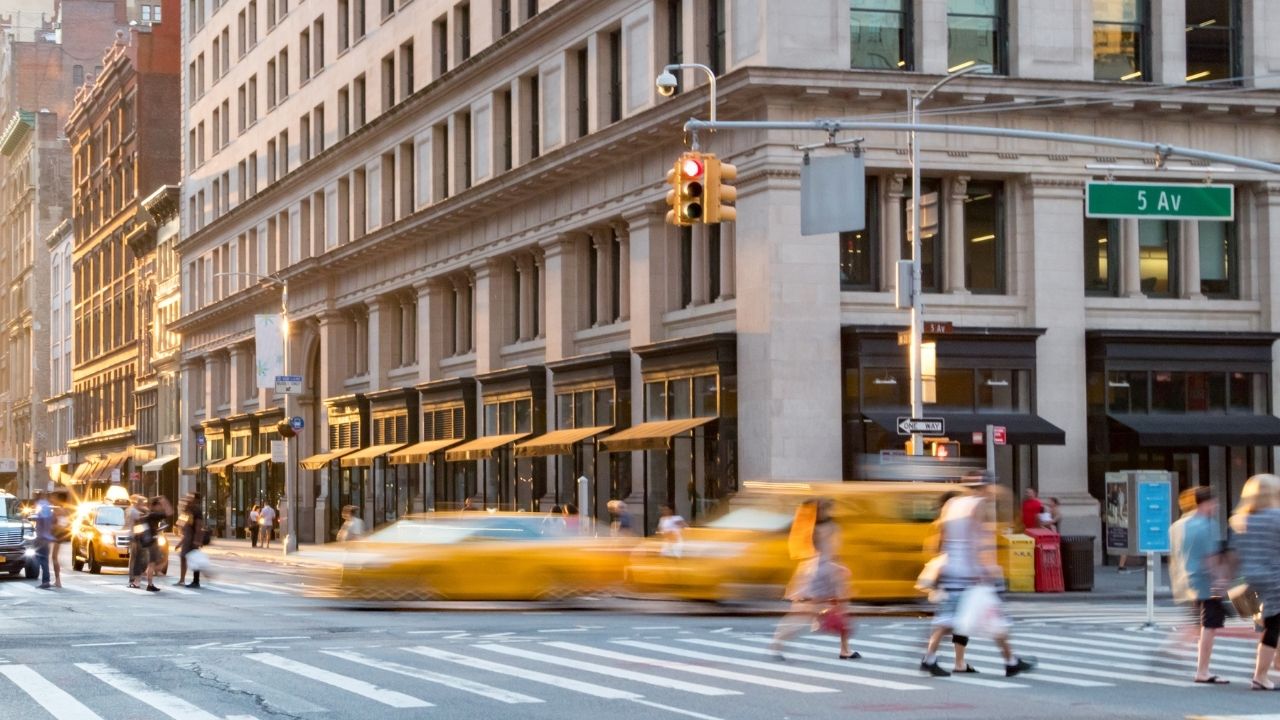Hybrid working has seamlessly weaved itself into our everyday vocabulary, and for good reason.
The world is transitioning to a post-pandemic reality, and with that, cities are identifying new ways to boost economic activity and adapt to this new agile way of working. However, while many cities are rebounding, it’s residential neighborhoods that are having a moment.
Because many people are moving to or already live in suburban areas, workers are coming into the city and the office just a few days a week. Outside of that time, local restaurants, neighborhood grocery stores, and small parks are home to these workers.
Activity and demand in these neighborhoods aren’t a temporary fad, and businesses that focus on providing their services outside of major metropolitan areas are poised for success in the future.For businesses to stand out in a 10-minute neighborhood, they will need to focus on making their advertising local-centric.
Just 11.1% of employees worked remotely due to the pandemic last December and some professionals were found to even do reverse commuting, coming from cities and working in smaller surrounding towns.
What this indicates is an increased need for the 10-minute neighborhood across the board, giving workers access to their everyday necessities all within a short walking distance.
While these types of neighborhoods were popular pre-pandemic, the ability to work from home has only increased their relevance across both cities and suburban areas.
Economic activity and office usage in cities remains significant, but post-pandemic, they are more widespread than ever before.


 Dr. Gleb Tsipursky – The Office Whisperer
Dr. Gleb Tsipursky – The Office Whisperer Nirit Cohen – WorkFutures
Nirit Cohen – WorkFutures Angela Howard – Culture Expert
Angela Howard – Culture Expert Drew Jones – Design & Innovation
Drew Jones – Design & Innovation Jonathan Price – CRE & Flex Expert
Jonathan Price – CRE & Flex Expert












